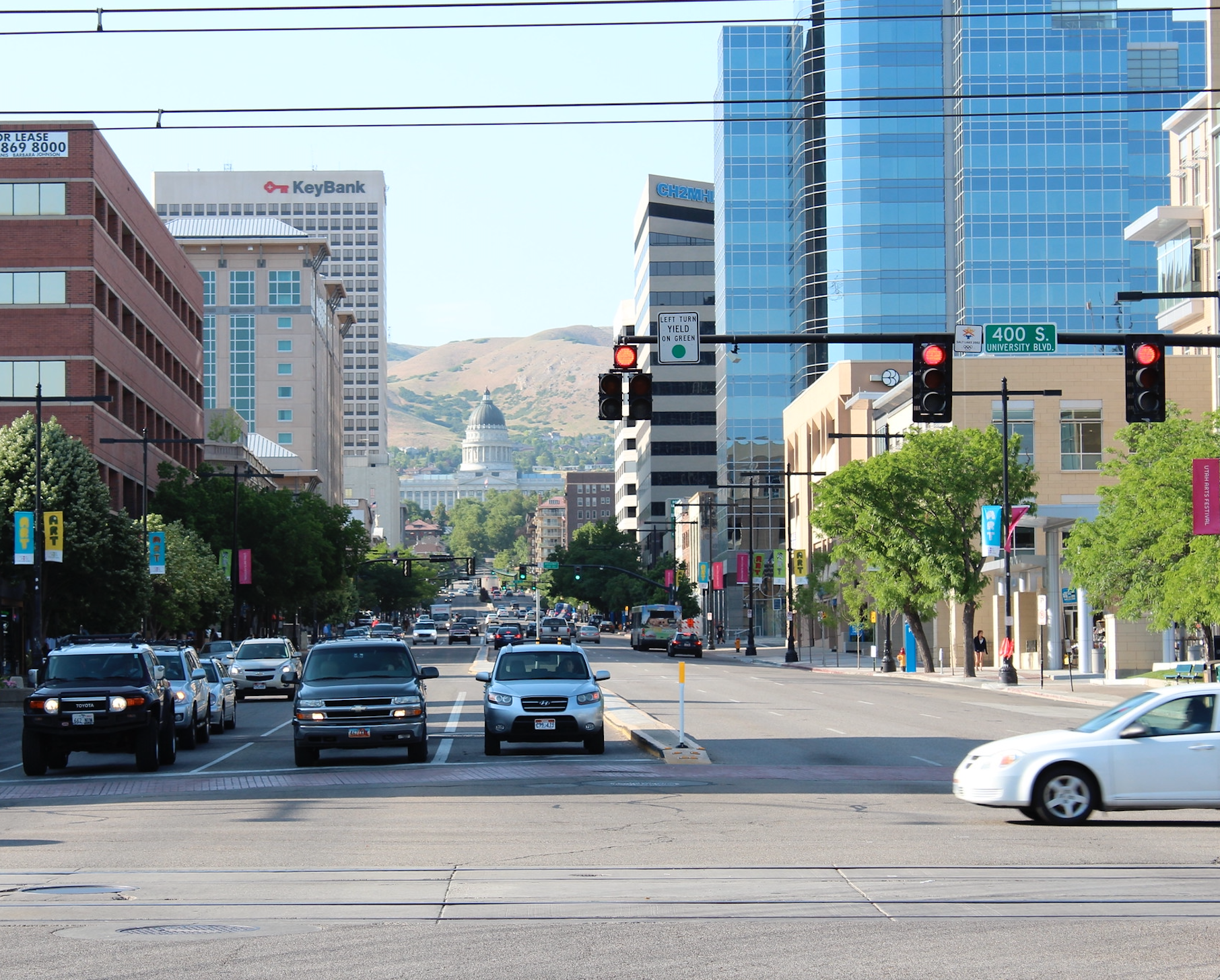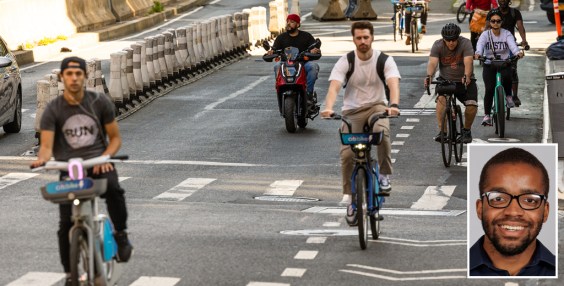Street Safety
States, We Need Your Vision to Get to ‘Zero’
State DOTs play a central role in the safety and sustainability of transportation systems because states set policies. Here are two that do it poorly and two that do it well.
Feds, Advocates Talk About What’s In The New MUTCD (And What Isn’t)!
The new MUTCD isn't the revolutionary rethink advocates were asking for, but it does offer transportation officials more flexibility to design roads safely. The only question is whether they'll take it — or stick to the status quo.
How To Build a Car That Kills People: Cybertruck Edition
The Cybertruck represents a lot of what's wrong with the U.S. transportation system — even as it purports to address those problems.
MEGA-CAR CRISIS: SUVs Kill Pedestrians, But So Do Blunt-Fronted Sedans, Study Says
Even shorter cars are 26 percent more likely to kill a pedestrian in a crash if they have the SUV-style blunt-faced design, a new study finds.
Study: Wide Lanes Are Deadlier — So Why Do Many DOTs Build Them Anyway?
A 12-foot lane can expect roughly 50 percent more crashes than a 10-foot one. Yet many traffic engineers still pick the wider design.
How Activists Are Making Streets Safer When Their Governments Won’t — And How You Can, Too
When their cities won't build a bike lane or stripe a crosswalk, activists are stepping in and doing it themselves — and they say anyone can take part.
Crunching the Data on NYC’s Record-Setting Year For Cyclist Deaths
Ninety-four percent of the year's record-setting number of bike deaths occurred on streets without protected bike lanes.
Road Feels Unsafe? Prove It!
Instead of proactively asserting a right for people to walk and roll safely and conveniently outside of a vehicle, the standards used to determine when and where to put safety infrastructure require people to either risk their bodies or experience harm before any paint or concrete are poured.
Opinion: NYC E-Bike License Proposal Misses the Mark on Pedestrian Safety
A bill backed by a majority of City Council members would create a bureaucratic nightmare and discourage e-bike use while ignoring the root of the problem: lackluster infrastructure and unsafe work standards.









